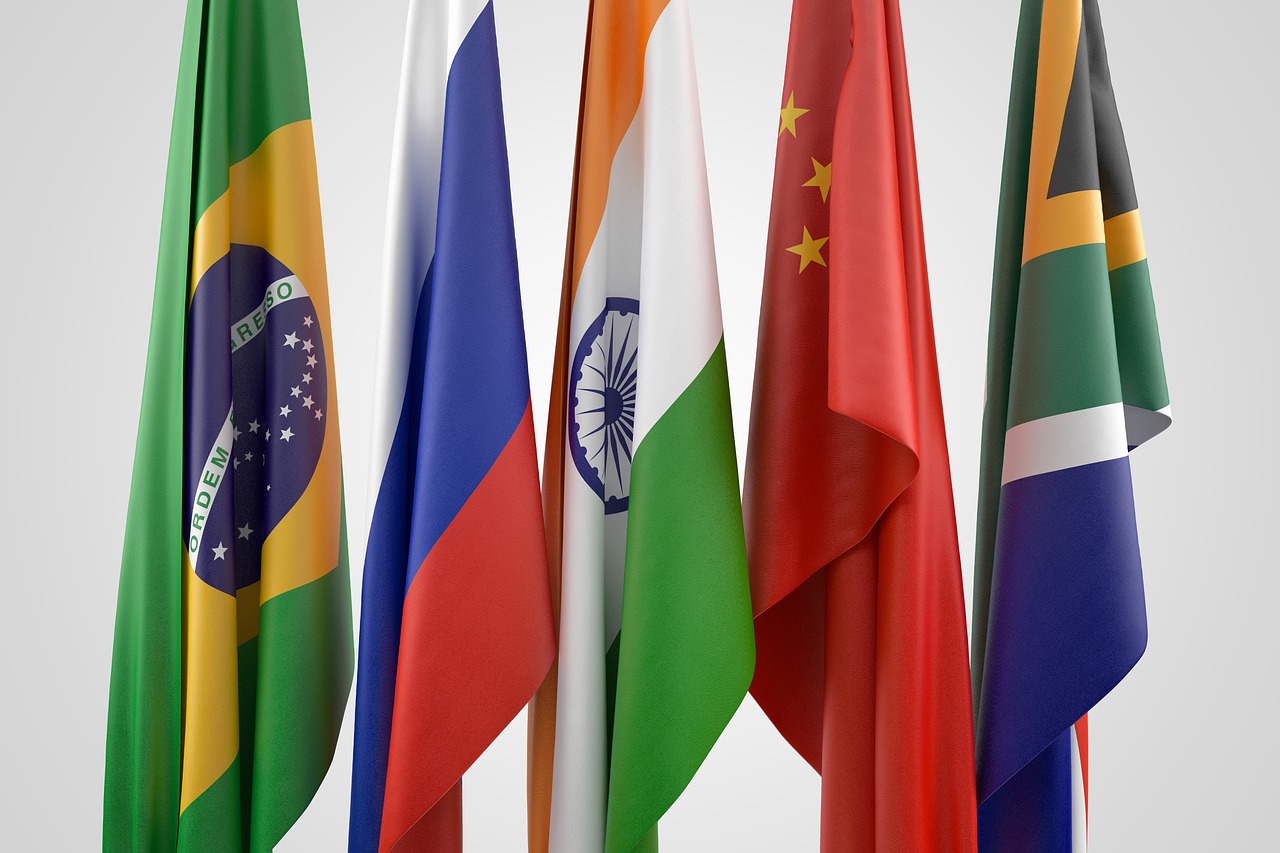BRICS: Developing Countries Unite to Fight The Dollar
23.06.2024 19:00 1 min. read Kosta Gushterov
The BRICS alliance is advancing its de-dollarization agenda, bringing together local leaders, municipal leaders and trade unions from over 21 developing countries.
Over 200 mayors from these countries were invited at the BRICS+ forum scheduled for June 21, 2024 to discuss reducing dependence on the US dollar and promoting the use of local currencies.
The aim of this initiative is to empower developing countries by giving them a platform to share their perspectives and strengthen their economies. The purpose of the alliance is to gradually reduce the dominance of the US dollar in world trade.
The potential impact of dedollarization on the US economy could be significant, leading to higher inflation and higher costs of essential goods. The main beneficiaries of this change will be the BRICS countries as they seek to prioritize their local currencies in international trade.
Paetongtarn Shinawatra, Chairman of Thailand’s ruling party, emphasized the importance of the BRICS+ forum in giving voice to nations that have traditionally been neglected in global finance.
She highlighted the forum’s role in promoting a multipolar world and advancing the de-dollarization initiative:
We are convinced that under the BRICS presidency in the person of Russia, the previously unheard countries will finally have their say. Historically, a few superpowers dictated the terms, but now a multilateral world values diverse voices. We believe in connecting different nations and cultures.
-
1
Russia’s Oil Revenues Strained as Exports Decline Again
24.06.2025 18:00 2 min. read -
2
Recession Fears Linger as Economic Signal Flashes Long-Term Warning
25.06.2025 9:00 2 min. read -
3
Robert Kiyosaki Predicts When The Price of Silver Will Explode
28.06.2025 16:30 2 min. read -
4
Trump Targets Powell as Fed Holds Rates: Who Could Replace Him?
27.06.2025 9:00 2 min. read -
5
U.S. PCE Inflation Rises for First Time Since February, Fed Rate Cut Likely Delayed
27.06.2025 18:00 1 min. read
U.S. Announces Sweeping New Tariffs on 30+ Countries
The United States has rolled out a broad set of new import tariffs this week, targeting over 30 countries and economic blocs in a sharp escalation of its trade protection measures, according to list from WatcherGuru.
Key U.S. Economic Events to Watch Next Week
After a week of record-setting gains in U.S. markets, investors are shifting focus to a quieter yet crucial stretch of macroeconomic developments.
Robert Kiyosaki Predicts When The Price of Silver Will Explode
Robert Kiyosaki, author of Rich Dad Poor Dad, has issued a bold prediction on silver, calling it the “best asymmetric buy” currently available.
U.S. PCE Inflation Rises for First Time Since February, Fed Rate Cut Likely Delayed
Fresh data on Personal Consumption Expenditures (PCE) — the Federal Reserve’s preferred inflation gauge — shows inflation ticked higher in May, potentially delaying the long-awaited Fed rate cut into September or later.
-
1
Russia’s Oil Revenues Strained as Exports Decline Again
24.06.2025 18:00 2 min. read -
2
Recession Fears Linger as Economic Signal Flashes Long-Term Warning
25.06.2025 9:00 2 min. read -
3
Robert Kiyosaki Predicts When The Price of Silver Will Explode
28.06.2025 16:30 2 min. read -
4
Trump Targets Powell as Fed Holds Rates: Who Could Replace Him?
27.06.2025 9:00 2 min. read -
5
U.S. PCE Inflation Rises for First Time Since February, Fed Rate Cut Likely Delayed
27.06.2025 18:00 1 min. read

